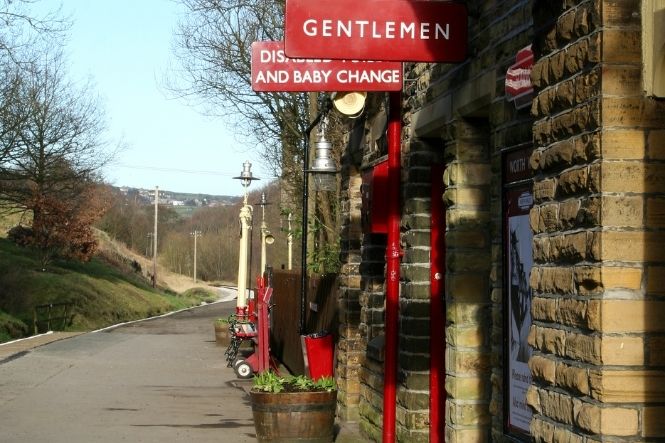Tourist railways, often referred to as heritage railways, are more popular than ever with people of all ages thanks, in no small part, to the televised adventures of Thomas the Tank Engine.
For the disabled visitor a trip to one of the many tourist railways around the UK should present no major problems, but it is worth planning your visit in advance so that you may derive the maximum enjoyment during your day out.
The vast majority of major preserved lines will have, in their fleet, a carriage that has been adapted for the disabled passenger, making it easier for them to get on and get off the train. Unlike the more modern trains on the national rail network, that have wide doorways and push button door controls in every carriage, the rolling stock used on heritage railways is likely to be at least 40 years old, if not significantly older. As a result, it is always best to ask the tourist railway that you are planning to visit and ask which services have a carriage for the disabled.
These carriages will usually still require a ramp to be used if you are in a wheelchair, but will have wider doors and often a wheelchair area where you and your companions can travel together. Most stations, especially on the bigger tourist railways, will have most, if not all, their stations staffed.
Before travelling you should ensure that help will be available at both your starting station and your destination. Once on board the train the member of station staff should inform the guard of your destination, so that they will know to help you. It is best just to confirm this with the station staff.
Due to their age and that many of the preserved stations were on former branch lines, which only had basic facilities, some stations will have a boarded crossing in order for passengers to cross from one platform to the other. If this is the case a member of station staff will assist you across the track, once the line is clear. On some minor, unstaffed stations, passengers who wish to board a train must give a clear hand signal to the driver, a bit like if you want to catch a bus, indicating for the train to stop.
Station Facilities
Many stations on tourist railways have toilets suitable for use by disabled passengers. In some instances these can be converted box wagons that have been tastefully transformed. These will usually be parked in a siding next to a platform or loading dock, to ensure that there is level access for wheelchair users. It is worth finding out before your visit how accessible the site is as a whole for passengers and visitors who are mobility impaired. Although platforms will usually pose no problems, there may be areas, such as paths near the engine sheds or yards, that could be difficult for wheelchair users due to their often uneven nature.
Before visiting your chosen railway, it may be an idea to let them know what day you will be going so they can tell you information regarding availability of staff to assist you etc. Most tourist railways rely heavily on volunteers, so station staffing hours may vary between weekdays and weekends and high and low seasons.

